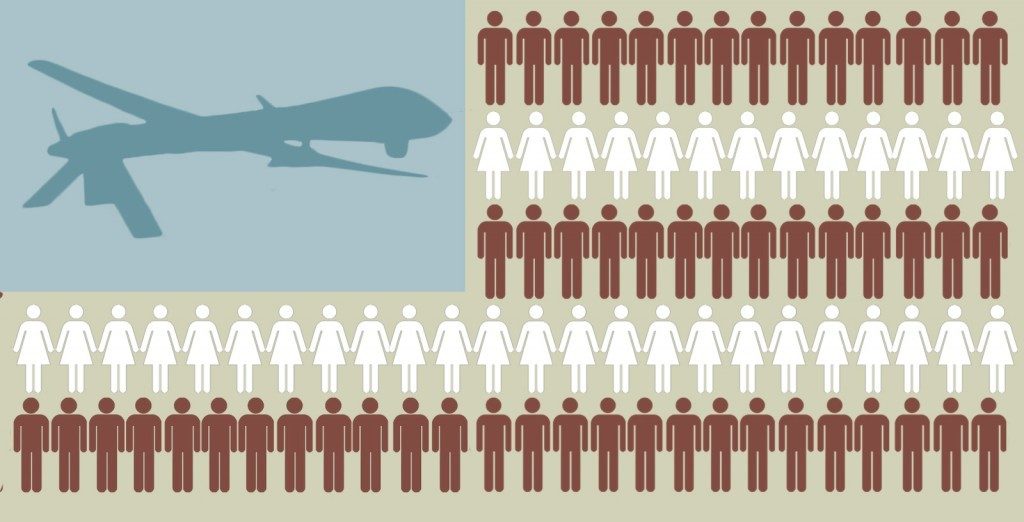Taiwan has strengthened its military capabilities through a recent agreement with the United States, marking a significant step in arms procurement as it seeks to bolster its defense against potential threats from China. The Taiwanese Defense Ministry has finalized a “letter of offer and acceptance” to purchase 1,000 attack drones from AeroVironment and Anduril Industries, with contracts expected to be signed shortly. This development comes in the wake of a previous deal approved by the U.S. State Department in June, valued at approximately $360 million. That earlier transaction also involved a similar number of drones: 291 Altius-600M systems and 720 Switchblade drones, both of which are classified as kamikaze drones, designed to crash into their targets and detonate.
The sale has provoked a backlash from China, which has reiterated its strong opposition to military engagements between the U.S. and Taiwan, viewing Taiwan as a breakaway province. In response to the arms transactions, Beijing imposed sanctions on the involved American companies and certain executives, labeling the Taiwanese Defense Ministry’s activities as illegitimate. The Chinese Foreign Ministry emphasized this stance, reminding stakeholders of Taiwan’s status in its narrative of reunification. China’s position reflects a long-standing policy of opposing foreign military sales to Taiwan, which it perceives as detrimental to its territorial integrity.
The types of drones involved in these agreements indicate a tactical shift, as both the Altius-600M and Switchblade systems have seen extensive use in modern conflicts such as the ongoing war in Ukraine. The evolving nature of warfare in the 21st century sees increased reliance on unmanned systems which enable countries to project power without direct engagement through conventional troops. The U.S. military’s strategic planning for facing potential hostilities with China relies heavily on the deployment of technologically advanced drones, a sentiment echoed by high-ranking military officials. Adm. Samuel Paparo, head of U.S. Indo-Pacific Command, has articulated the intent to create an overwhelming presence of unmanned systems in the Taiwan Strait, envisioning a “hellscape” for adversaries in the event of a conflict.
Moreover, the U.S. is advancing its military strategy with initiatives like the “Replicator Initiative,” which aims to deploy thousands of drones in response to China’s military advantages. Deputy Secretary of Defense Kathleen Hicks underscored the necessity of AI-controlled drones to counteract the PRC’s numerical superiority in military assets. The U.S. intends to implement these technologies across multiple domains over the next 18 to 24 months, showcasing a commitment to modernizing and expanding its military capabilities in the region.
As tensions escalate in the Indo-Pacific, the U.S. military has made it clear that preparations for an imminent conflict with China are under consideration, with a report suggesting a readiness for warfare by 2027. This impending potential conflict accentuates concerns surrounding leading global powers’ military engagements and the implications for international stability. The ongoing arms deals and the U.S.’s strategic military posturing take place against a backdrop of rising geopolitical tensions, notably surrounding Taiwan, which remains a flashpoint that could catalyze broader military confrontations in the region.
Overall, the events surrounding Taiwan’s drone acquisition signify not only a critical development in its defense posture but also a deepening military collaboration with the United States. This partnership fuses advanced military technology with strategic alliances in response to perceived threats from China, representing a complex interplay of power dynamics in the Asia-Pacific theatre. The technological arms race, powered by AI and drone capabilities, emphasizes the shifting landscape of modern warfare while also raising questions about the risk of escalation into a direct military confrontation between major world powers.

